Saint Basil’s Cathedral (Cathedral of Vasily the Blessed), located in Moscow’s Red Square, is a magnificent structure considered one of the most famous symbols of Russia. Built in the 16th century by Tsar Ivan IV (Ivan the Terrible) in memory of the conquest of the Khanates of Kazan and Astrakhan, this cathedral, with its colorful onion domes and unique architecture, became a powerful symbol of both the Orthodox faith and Russian culture. Also included in the UNESCO World Heritage List, the building stands out as one of the most remarkable religious structures in the world with its architectural style and aesthetic grandeur.
Over time, Saint Basil’s Cathedral became a monument reflecting not only Moscow’s but also all of Russia’s national identity, offering visitors a unique experience both historically and artistically. Those who step into the cathedral encounter a complex interior design under the colorful domes, with icons and narrow passages. With this unique atmosphere, the cathedral is among the must-see places for tourists visiting Moscow.
1. What is Saint Basil’s Cathedral?
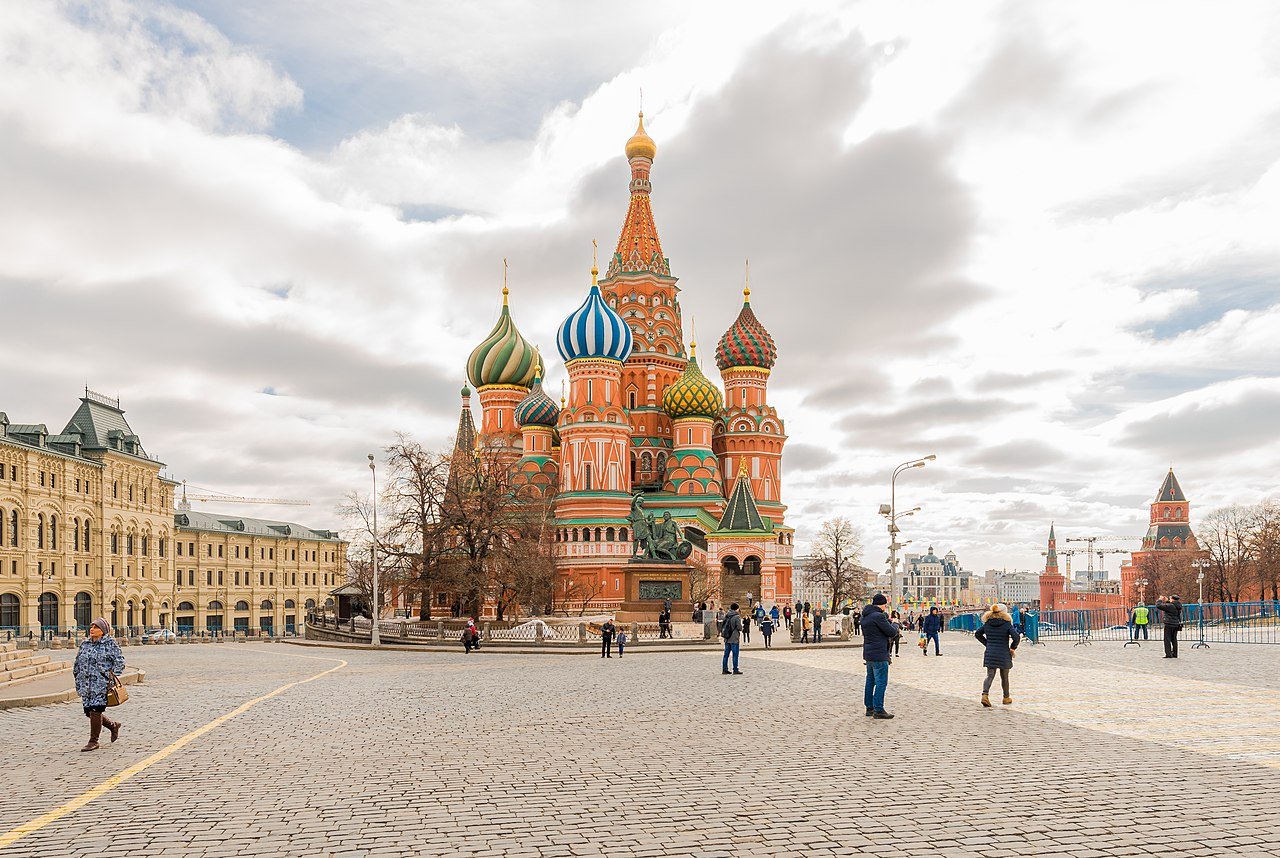
Saint Basil’s Cathedral, located in the center of Moscow on Red Square, is a historic cathedral that has become a symbol of Orthodox Christianity. It was built between 1555 and 1561 by Tsar Ivan IV (Ivan the Terrible) to commemorate the victories over Kazan and Astrakhan. Known for its colorful onion-shaped domes, the structure is considered one of the most original examples of Russian architecture and today functions as a museum, attracting great interest from both tourists and history enthusiasts.
2. What is the full name of the cathedral and what does this name mean?
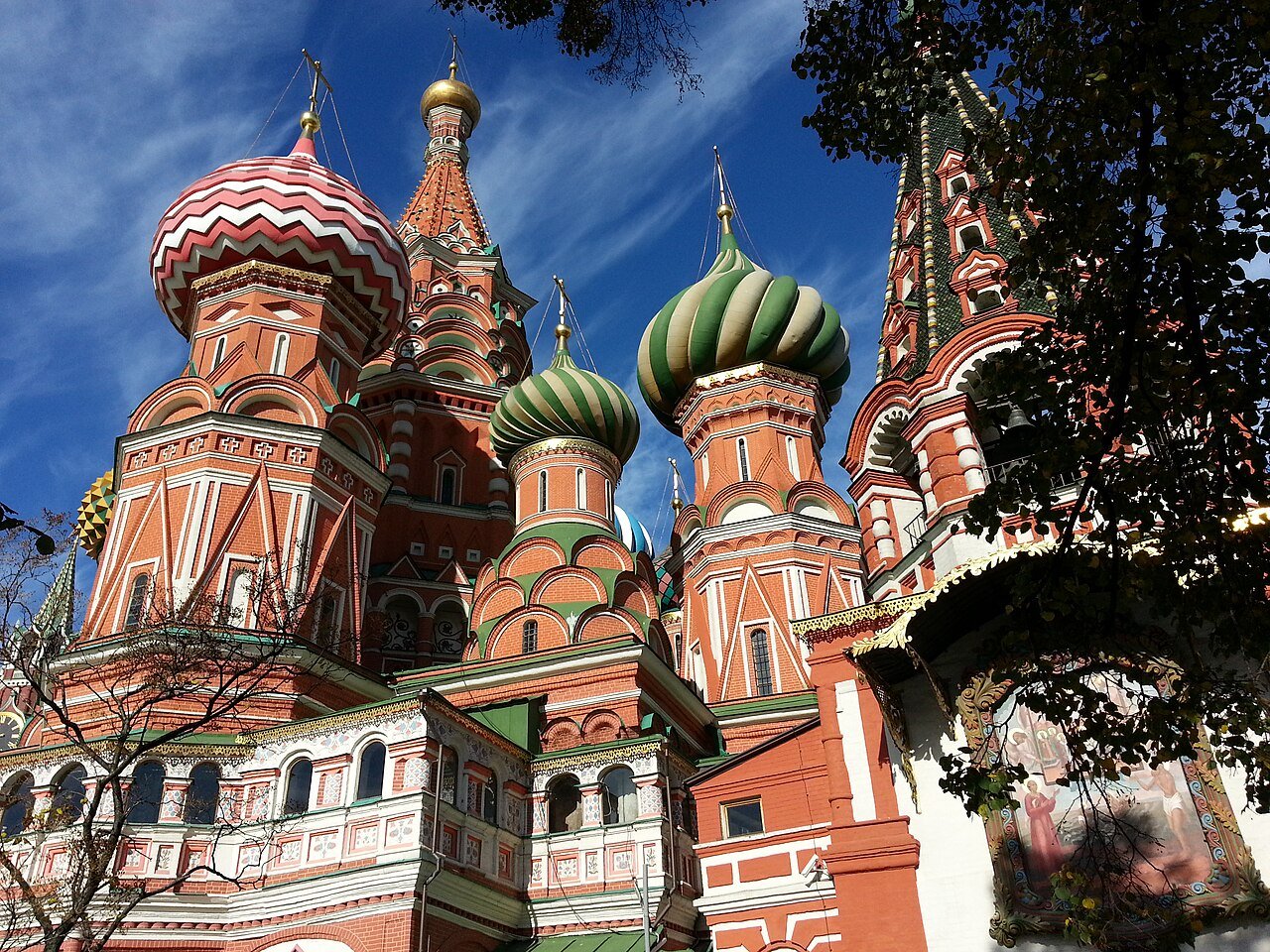
The full name of Saint Basil’s Cathedral is “Cathedral of the Intercession of the Most Holy Theotokos on the Moat” (Sobor Pokrova Presvyatoy Bogoroditsy, chto na Rvu). This name symbolizes the protection and holy guardianship of the Virgin Mary. However, it became popularly known as “Saint Basil’s Cathedral” because a chapel dedicated to Saint Basil the Blessed (Vasily Blazhenny), a “Holy Fool” living in Moscow at the time of its construction and known for his miracles, was later added to the cathedral. Thus, over time, the building began to be called by Saint Basil’s name instead of its official one.
This naming is also an indication that the cathedral is not only a religious structure but also a monument identified with the spiritual values of the people. Saint Basil’s humble life and the respect he held among the people gave the building a special spiritual meaning, associating it with sanctity in Russian folk culture. For this reason, the cathedral is remembered today by both names — “Intercession of the Virgin Mary” and “Saint Basil” — and is regarded as one of the most important symbolic structures of Russia.
3. Where is the cathedral located?
Saint Basil’s Cathedral is located in Moscow, the capital of Russia, at the southern end of Red Square, near the Moskva River. Situated right next to the Kremlin Palace, the cathedral is one of the most magnificent structures adorning the historic center. Thanks to this strategic location, it holds symbolic value both politically and religiously and has become one of the most important monuments that everyone visiting Moscow sees.
4. When and by whom was the cathedral built?
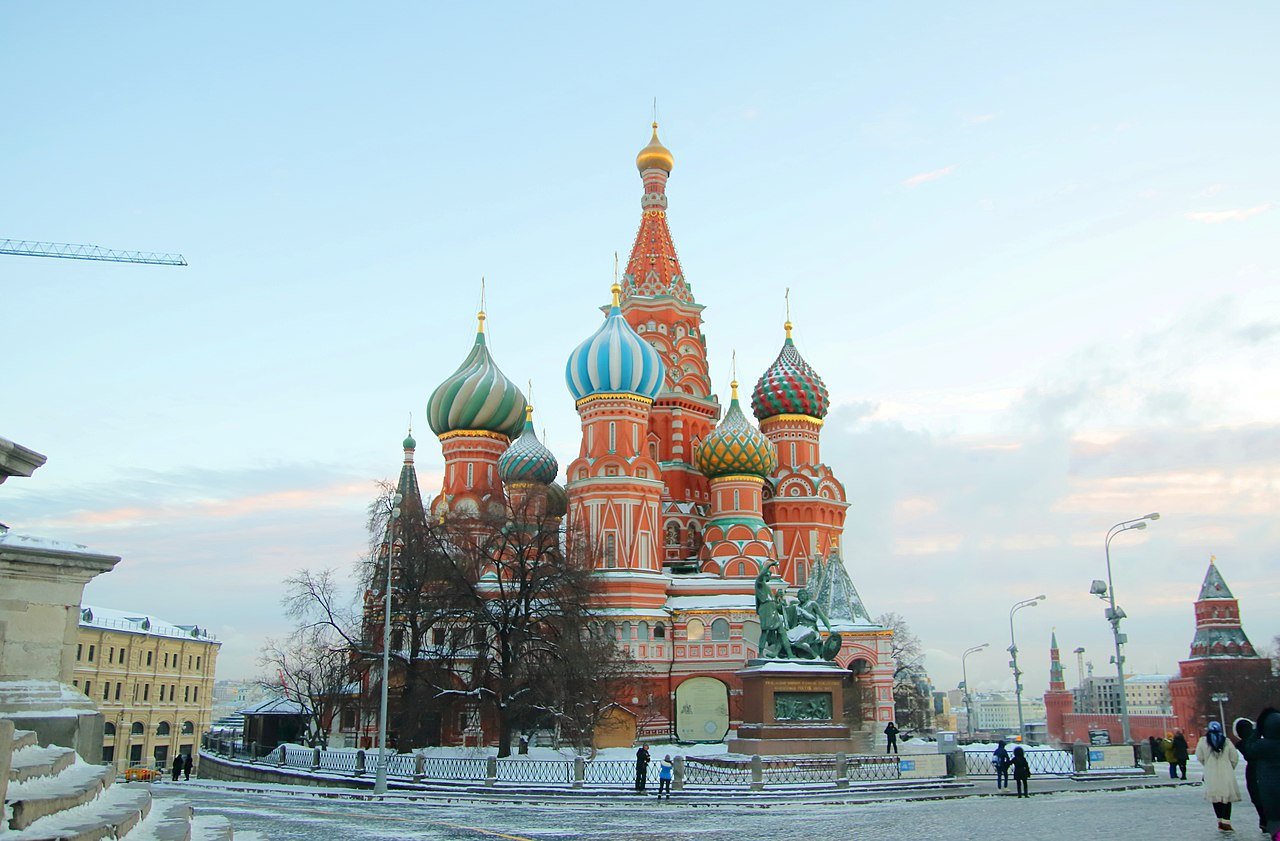
Saint Basil’s Cathedral was built between 1555 and 1561 by Russian Tsar Ivan IV (Ivan the Terrible). The purpose of constructing the cathedral was to celebrate and immortalize the conquest of the Khanates of Kazan and Astrakhan. Thus, this magnificent structure symbolizing Moscow’s religious and political power emerged and soon became an icon for both the Russian people and the entire world.
5. To whom does the architecture of the cathedral belong / who designed it?
The architecture of Saint Basil’s Cathedral is attributed to the Russian masters Barma and Postnik Yakovlev. Built on the orders of Tsar Ivan IV, the cathedral is a work that reflects the traditional Russian architecture of the time while also presenting a unique aesthetic. The most striking feature of the building is its nine domes, each with different colors and patterns. These domes, with their form resembling a flame rising to the sky and their integration with the symbols of holiness in the Orthodox faith, gave the structure a unique character.
The plan of the cathedral consists of eight small chapels placed around a central structure, and this arrangement symbolizes the eight-pointed Orthodox cross. The painting of each dome in different colors and the decoration with original motifs created a visual richness unprecedented in Russian architecture. For this reason, Saint Basil’s Cathedral is considered not only a religious building but also a masterpiece reflecting the originality and artistic creativity of Russian architecture.
6. Do the domes and colorful appearance of the cathedral have symbolic meaning?
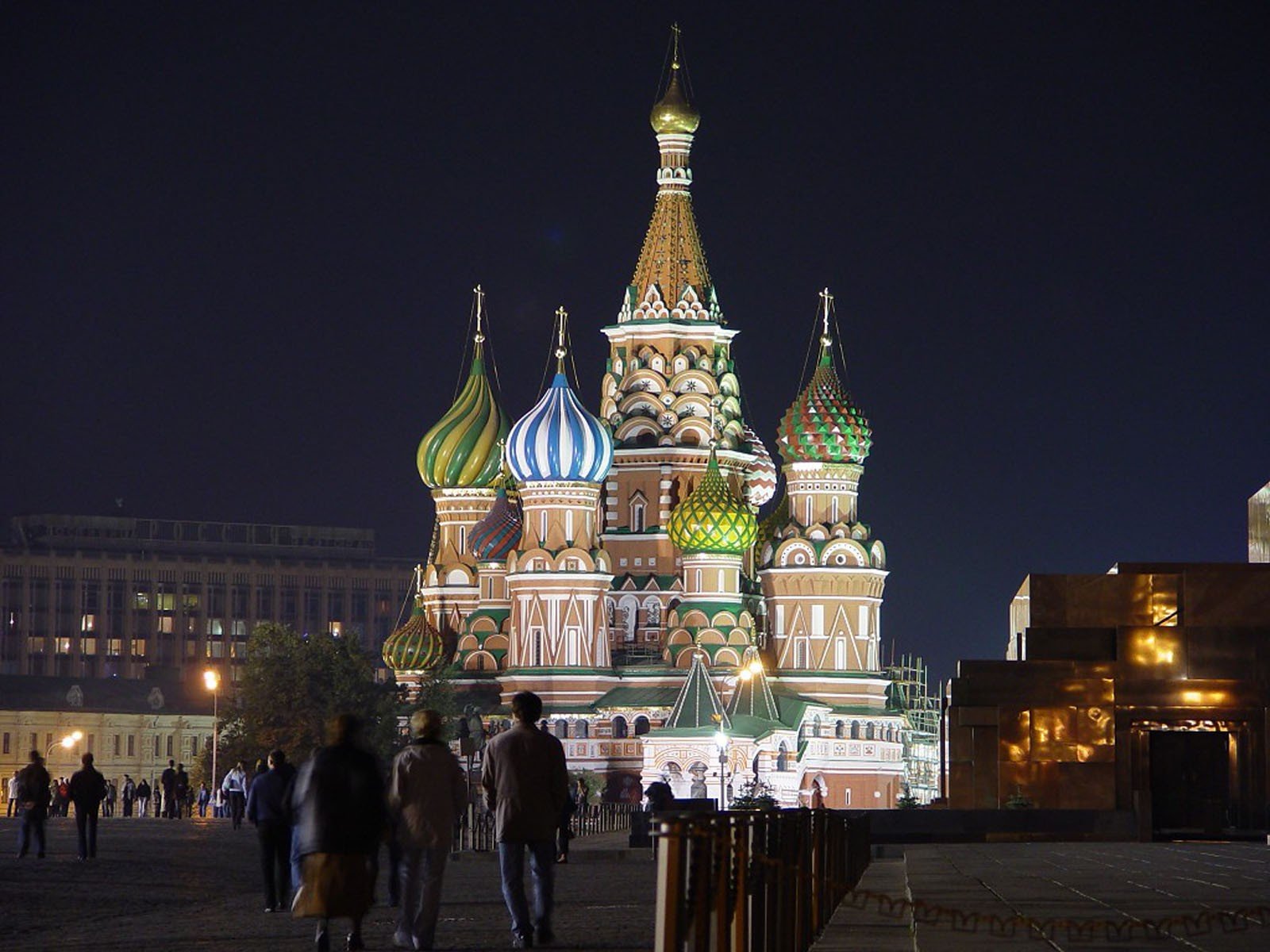
Yes, the domes and colorful appearance of Saint Basil’s Cathedral carry deep symbolic meanings. The nine domes of the cathedral actually represent the separate chapels built in memory of the victories achieved in the Kazan and Astrakhan campaigns, while the central dome symbolizes the heart of the Orthodox faith. The different colors, patterns, and shapes evoke a flame rising to the sky, expressing ascension to God. In addition, the diversity of the domes reflects Russia’s multicultural structure and the spiritual richness of the Orthodox world in a symbolic unity.
7. Is the interior of the cathedral open to visitors? What are the visiting hours and fees?
Yes, the interior of Saint Basil’s Cathedral is open to visitors and can be toured as a museum. Visiting hours vary depending on the season:
Summer period (June–August): open from 10:00 to 18:00.
In spring and autumn (May, September, October): usually open from 11:00 to 18:00.
In the winter period (November–April): open from 11:00 to 17:00.
In addition, the cathedral may be closed on the first Wednesday of each month.
Entrance fees also vary depending on the visitor category. For foreigners, the admission fee is generally set at around 1,000 Russian rubles in the summer months, while in other periods it is about 700 rubles. Discounted prices apply to Russian citizens and residents of the EAEU countries.
8. What are the height and structural features of the cathedral?
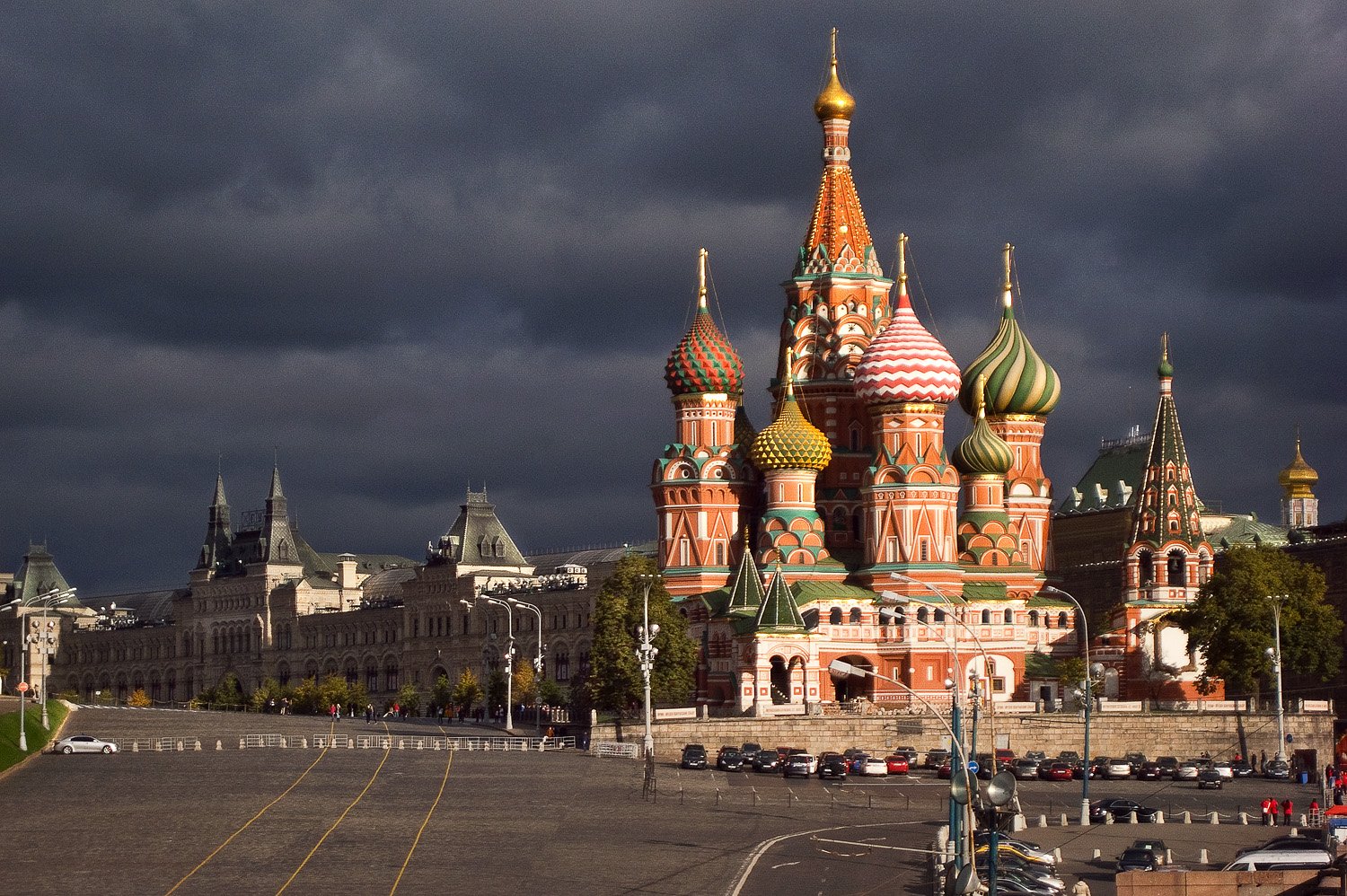
Saint Basil’s Cathedral has quite impressive architectural dimensions. The total height of the cathedral is approximately 65 meters, with the central dome forming the highest point of the structure. Seen from the outside, it draws attention with its nine onion-shaped domes of different colors and forms. Each of these domes covers a separate chapel attached to the cathedral. The exterior façade is decorated with geometric patterns, bright colors, and various motifs, giving the building a fairy-tale-like appearance.
The floor plan is also highly unique. Around the central main church, eight smaller chapels are placed, and this arrangement symbolizes the eight-pointed cross considered sacred in Orthodox tradition. With its narrow corridors and small prayer rooms, the interior is far more complex than its exterior suggests. With these features, the cathedral stands out as a unique architectural masterpiece that combines both religious symbolism and visual splendor.
9. What is the function of the cathedral today — church, museum, or both?
Today, Saint Basil’s Cathedral functions as both a museum and a religious building. Although it was officially closed to worship in 1929 during the Soviet era and turned into a state museum, it began to be used again for certain religious ceremonies from the 1990s onwards. While most visitors tour the cathedral as a museum today, it also hosts worship services on special occasions and Orthodox holidays, thus continuing its role as both a touristic and religious center.
10. Has the cathedral undergone restorations, threats, or demolition plans over the years?
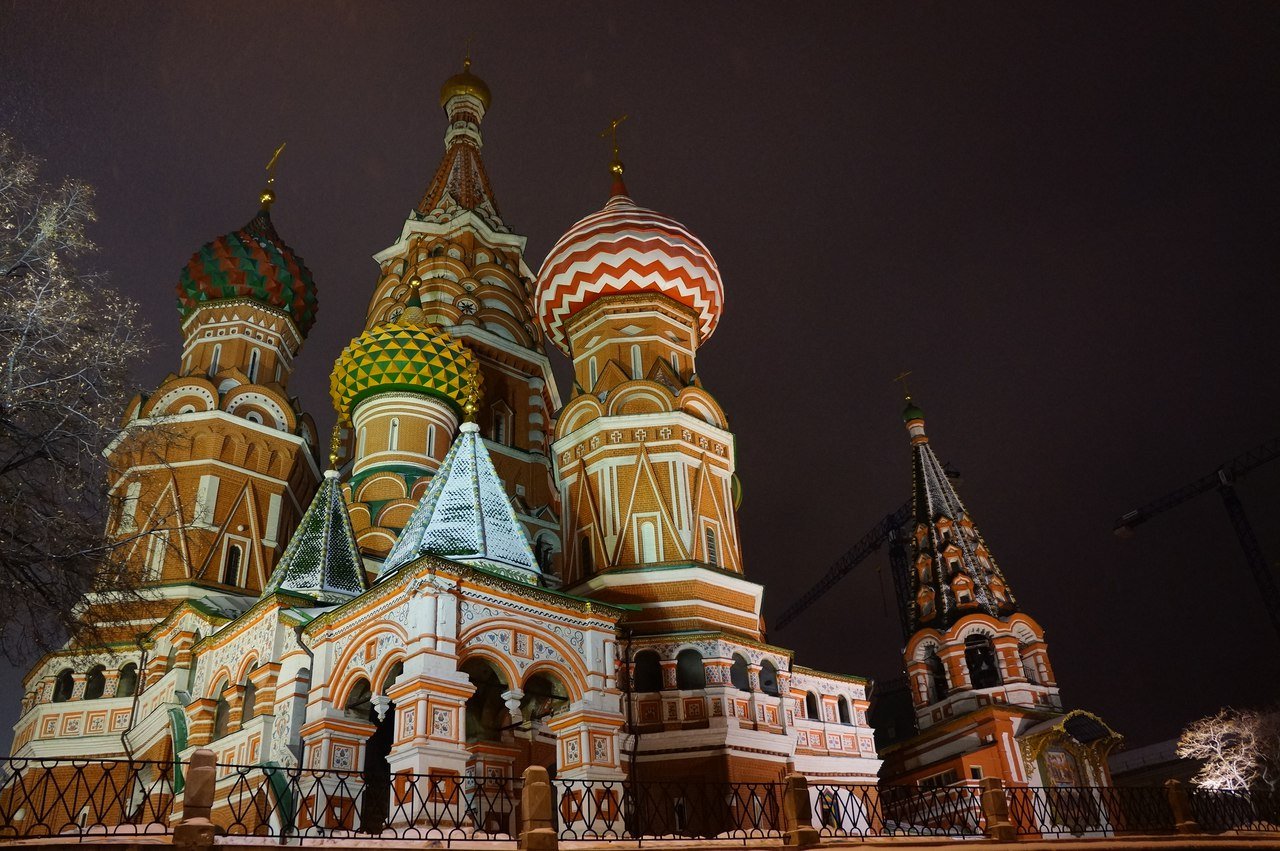
Yes, Saint Basil’s Cathedral has faced many threats and challenges throughout history. In the 17th and 18th centuries, it suffered serious damage due to fires and neglect, and during these periods it underwent various repairs. In particular, during Napoleon’s Moscow campaign in 1812, it faced the danger of destruction by the French army; Napoleon wanted to demolish the cathedral, but as they were forced to retreat, this plan was not carried out. During the Soviet Union era, the cathedral also faced existential threats due to the atheist state ideology. It is said that Joseph Stalin declared that the cathedral should be demolished to expand Red Square; however, architect Pyotr Baranovsky resisted this decision and prevented the cathedral from being destroyed.
Throughout the 20th century, the structure went through many restoration processes. Converted into a museum during the Soviet era, the cathedral was preserved through regular maintenance and repairs. With its inclusion on the UNESCO World Heritage List in 1990, it came under international protection, and restoration works began to be carried out with greater care. Today, despite all the dangers it has faced throughout history, the cathedral continues to preserve its original architecture and remains one of the most important symbols of Moscow and Russia.
